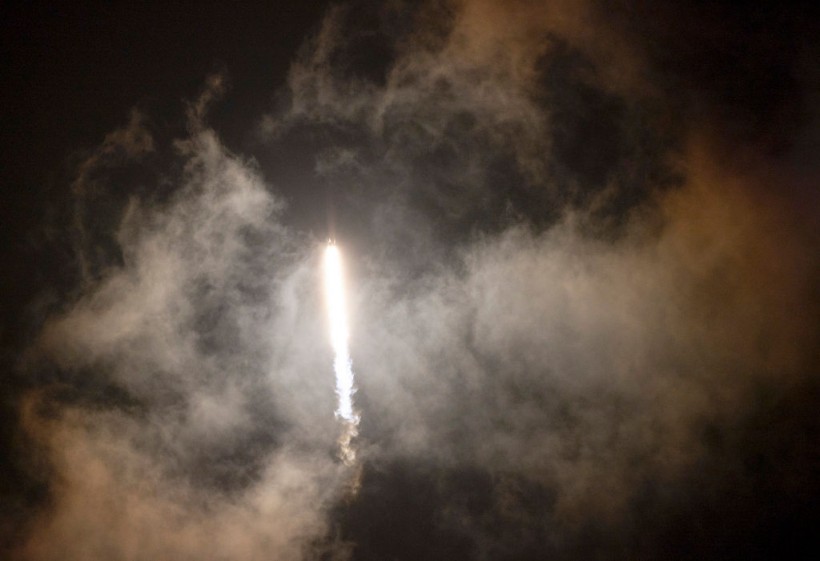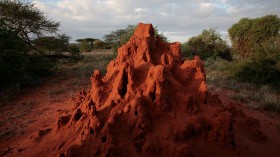Iran has advanced its hotly debated space program in Western circles in anticipation of human missions by launching an animal-carrying capsule into space.
Bio-Space Capsule Launch
A video of the successful launch of an Iranian-built rocket carrying the capsule-which was reportedly launched 130 kilometers (80 miles) into orbit-was made public by state media on Wednesday.
The 500 kg (1,100 lb) "all indigenous" capsule carried by the Salman rocket is said to be the largest biological capsule successfully launched in the Iranian space program's history.
The first launcher in this class, the Salman launcher, was designed to launch half-ton scientific capsules.
According to reports, the Iranian civil space agency constructed the capsule, while the country's Defense Ministry manufactured and launched the Salman rocket.
It was not specified in media reports where the launch was held. Iran typically launches rockets from the northern region of Semnan's Imam Khomenei Space Center.
It claims that its satellite program is intended for civilian use and scientific research.
The program has long been viewed with suspicion by the United States and other Western nations due to the possibility of developing long-range missiles using the same technology.
The Revolutionary Guard of Iran claimed to have launched the nation's first military satellite into orbit in 2020, revealing what experts perceived to be a covert space program.
Tehran has insisted that it has a peaceful nuclear program.
Russia assisted Iran in August 2022 in launching an imaging satellite from a space facility in Kazakhstan, a development that alarmed the West as well.
Read Also: Mouse Embryos Growth in Space Shows Possible to Reproduce, Report Shows
Animals in Space
The type of animals in the capsule was not disclosed by the state media or Telecommunications Minister Isa Zarepour, who verified the reports.
He added that Iran intends to launch astronauts into space by 2029 following additional animal testing, as reported by state TV.
Iran began developing space programs in the middle of the 2000s, and in 2010, it successfully sent its first animal into orbit.
In 2013, it declared that it had successfully launched and returned two monkeys into space.
Iran's space monkey, known as Fargam, took off atop a liquid-fueled rocket 74.5 miles (120 kilometers) above Earth.
Throughout the rocket's flight, scientists on the ground were able to track the monkey's condition and several rocket data points.
Iran successfully launched its first monkey into suborbital space in January 2013 and returned it home on a spacecraft named Pishgam, which means "pioneer" in Farsi. Iran's space agency launched the first monkey flight using the nation's Kavoshgar 5 rocket.
A previous attempt to do so in 2011 was unsuccessful.
Numerous animal species, including dogs, mice, and monkeys, were launched into space by the US and Soviet space programs in the 1940s and 1950s. But because they were suborbital missions, the spacecraft did not form an orbit; instead, it traveled across space before returning to Earth.
On November 3, 1957, the dog Laika, traveling aboard the Soviet spacecraft Sputnik 2, became the first animal to orbit the Earth.
Related Article: 5 Weirdest and Most Tragic Stories of Animals Who Were Sent to Space
© 2024 NatureWorldNews.com All rights reserved. Do not reproduce without permission.






